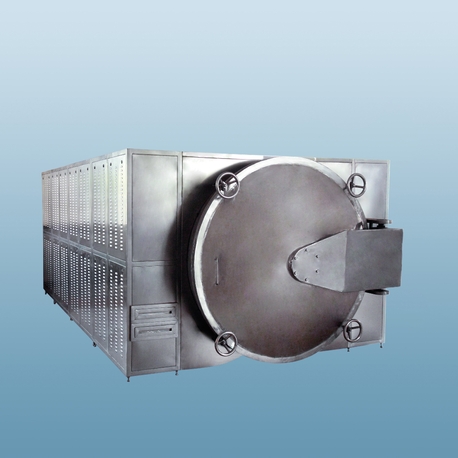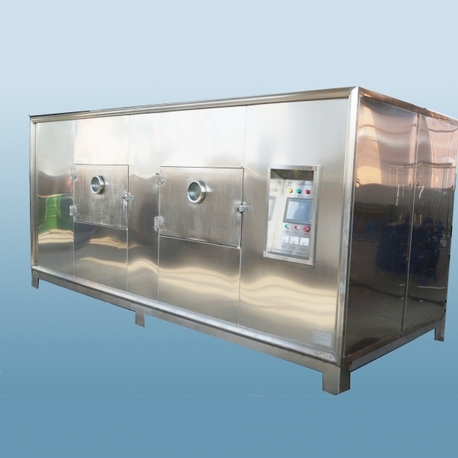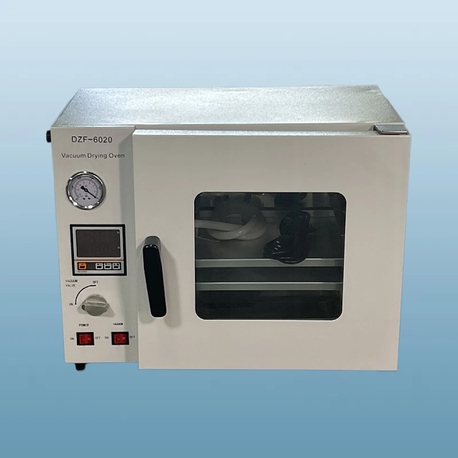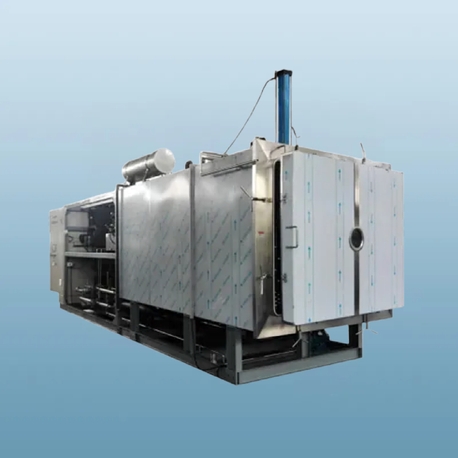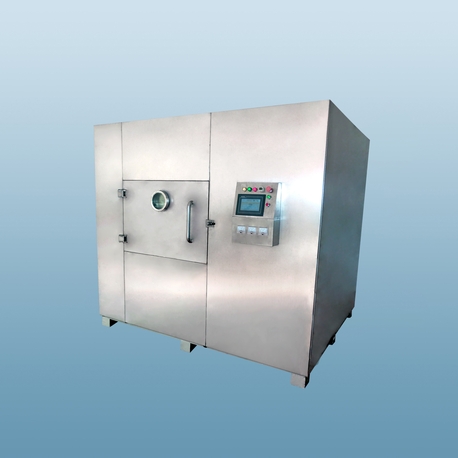In the realm of industrial and commercial operations, maintaining precise temperature control is not just a luxury—it's a necessity for productivity and quality. A water chiller serves as a cornerstone in achieving this, especially in drying applications where heat management can make or break efficiency. Whether in manufacturing, food processing, or pharmaceutical sectors, the integration of a reliable water chiller system ensures consistent performance, reduces downtime, and optimizes energy use. This article dives deep into the world of water chiller technology, exploring its core aspects to help businesses make informed decisions. From understanding basic mechanics to real-world applications, we'll cover how these systems drive success in demanding environments like industrial drying. If you're looking to enhance your operations with effective cooling solutions, read on to discover why a water chiller might be your next strategic investment.
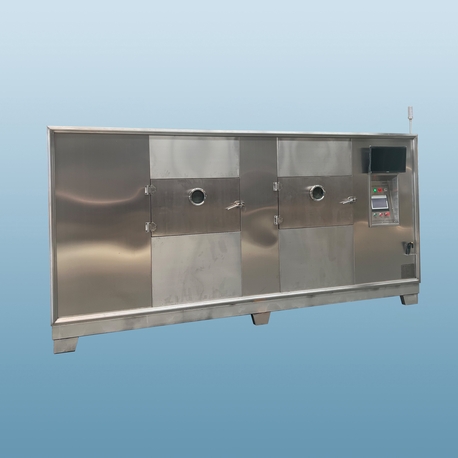
What Is a Water Chiller and How Does It Work?
A water chiller is a mechanical device designed to remove heat from a liquid via a vapor-compression or absorption refrigeration cycle. This chilled liquid, typically water or a water-glycol mixture, is then circulated through a heat exchanger to cool equipment or processes. In industrial and commercial drying systems, a water chiller plays a critical role by maintaining optimal temperatures to prevent overheating, which can damage materials or reduce efficiency. The basic working principle involves four key components: the evaporator, compressor, condenser, and expansion valve. In the evaporator, the refrigerant absorbs heat from the process water, causing it to vaporize. The compressor then increases the pressure and temperature of this vapor, which moves to the condenser where it releases heat to the surroundings and condenses back into a liquid. Finally, the expansion valve reduces the pressure, cooling the refrigerant before it re-enters the evaporator to repeat the cycle. This continuous process ensures that the water chiller provides consistent cooling, making it indispensable in applications like industrial dryers where precise temperature control is vital for product quality and energy savings.
Types of Water Chillers for Various Industrial Needs
When selecting a water chiller, it's essential to understand the different types available, as each offers unique benefits suited to specific environments. The most common classifications include air-cooled, water-cooled, and portable water chiller units. Air-cooled water chiller systems use fans to dissipate heat into the atmosphere, making them ideal for locations with limited water resources or smaller spaces. They are often more affordable and easier to install but may have lower efficiency in high-ambient temperatures. In contrast, water-cooled water chiller units rely on a separate cooling tower to reject heat, providing higher efficiency and quieter operation, which is advantageous in large-scale industrial settings like commercial drying facilities. Additionally, there are centrifugal and screw compressor water chiller models, which cater to heavy-duty applications requiring high cooling capacities. For specialized needs, such as in the pharmaceutical or food industries, explosion-proof or hygienic water chiller designs are available to meet strict safety and cleanliness standards. By evaluating factors like space, budget, and operational demands, businesses can choose the right water chiller type to enhance their drying processes and overall productivity.
Applications of Water Chillers in Industrial and Commercial Drying
The versatility of a water chiller extends across numerous sectors, particularly in industrial and commercial drying where temperature stability is paramount. In the plastics industry, for instance, water chiller systems are used in injection molding and extrusion processes to cool machinery, ensuring that dried materials maintain their integrity without warping. Similarly, in food processing, water chiller units help in dehydrating products like fruits and vegetables by controlling the temperature in drying ovens, which preserves nutrients and extends shelf life. The pharmaceutical sector relies on water chiller technology for lyophilization (freeze-drying), where precise cooling prevents degradation of sensitive compounds. In commercial settings, such as large-scale laundry or textile drying, a water chiller can regulate heat in tumble dryers, reducing energy consumption and improving fabric quality. Moreover, in industrial drying systems for chemicals or minerals, the water chiller ensures safe operation by preventing excessive heat buildup that could lead to fires or explosions. These diverse applications highlight how a water chiller is not just an accessory but a vital component that supports efficiency, safety, and compliance in global industrial standards.
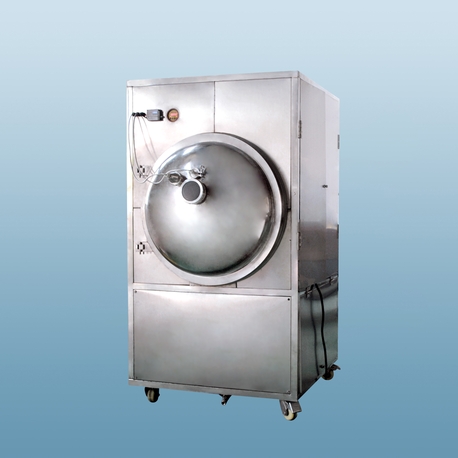
Benefits of Integrating Water Chillers in Drying Operations
Incorporating a water chiller into drying operations offers a multitude of advantages that translate to tangible business outcomes. Firstly, energy efficiency is a standout benefit; a well-designed water chiller can significantly reduce electricity consumption by optimizing the cooling process, leading to lower utility bills and a smaller carbon footprint. For example, in commercial drying applications, a water chiller can recover waste heat for reuse, enhancing overall system efficiency. Secondly, improved product quality is another key advantage—by maintaining consistent temperatures, a water chiller minimizes the risk of defects in dried goods, such as cracking or discoloration, which is crucial in industries like ceramics or packaging. Thirdly, durability and reliability come into play; modern water chiller systems are built to withstand harsh industrial environments, reducing downtime and maintenance costs. Additionally, a water chiller can enhance safety by preventing overheating in equipment, which is vital in hazardous areas. From a financial perspective, the long-term savings and increased throughput from using a water chiller often result in a rapid return on investment, making it a smart choice for businesses aiming to scale their operations sustainably.
How to Select the Right Water Chiller for Your Needs
Choosing the appropriate water chiller requires a thorough assessment of your specific requirements to ensure optimal performance. Start by determining the cooling capacity needed, which is measured in tons or kW, and depends on factors like the heat load from your drying processes. For instance, a high-capacity water chiller might be necessary for large industrial dryers, while a smaller unit could suffice for commercial applications. Next, consider the type of water chiller—air-cooled or water-cooled—based on your site's resources and environmental conditions. It's also crucial to evaluate the water chiller's compatibility with existing systems, such as piping and controls, to avoid integration issues. Look for features like variable speed drives in the water chiller, which can adapt to fluctuating demands and improve energy savings. Additionally, assess the water chiller's build quality and certifications, ensuring it meets international standards like ISO or ASHRAE for reliability. Don't forget to factor in maintenance requirements; a water chiller with easy access components and remote monitoring capabilities can simplify upkeep. By consulting with experts and reviewing technical specifications, you can select a water chiller that aligns with your operational goals and budget, ultimately enhancing your drying efficiency.
Maintenance Tips for Prolonging Water Chiller Lifespan
Proper maintenance is essential to maximize the lifespan and efficiency of your water chiller. Regular inspections can prevent common issues such as fouling, leaks, or compressor failures, which are costly to repair. Begin with routine cleaning of the water chiller's condenser and evaporator coils to ensure optimal heat transfer; in air-cooled models, this might involve removing debris from fans, while water-cooled units may require periodic flushing to prevent scale buildup. Monitoring refrigerant levels and pressure in the water chiller is also critical—any deviations could indicate leaks or inefficiencies that need immediate attention. Additionally, check the water quality in the system, as impurities can corrode components and reduce the water chiller's performance. Lubricating moving parts and replacing filters annually can further extend the water chiller's life. For industrial settings, it's advisable to schedule professional servicing at least once a year, especially for water chiller systems in high-demand drying applications. By adhering to these practices, you can ensure your water chiller operates reliably, reducing downtime and maintaining peak efficiency in your commercial or industrial operations.
Future Trends in Water Chiller Technology
The evolution of water chiller technology is driven by the demand for smarter, more sustainable solutions in industrial and commercial drying. Emerging trends include the integration of IoT and AI into water chiller systems, enabling real-time monitoring and predictive maintenance. For example, smart water chiller units can analyze data to optimize energy use and alert operators to potential failures before they occur. Another trend is the shift toward eco-friendly refrigerants in water chiller designs, reducing greenhouse gas emissions and complying with global regulations like the F-Gas directive. Additionally, modular water chiller systems are gaining popularity, allowing businesses to scale cooling capacity as needed without major overhauls. In the context of industrial drying, these advancements mean that a water chiller can become more adaptive and efficient, contributing to circular economy goals. As industries worldwide prioritize sustainability, investing in a modern water chiller with these features can future-proof operations and enhance competitiveness.
In summary, a water chiller is an indispensable asset in industrial and commercial drying, offering benefits ranging from energy savings to improved product quality. By understanding its types, applications, and selection criteria, businesses can leverage water chiller technology to optimize their processes. As the industry evolves, staying informed about maintenance and trends will ensure long-term success. If you're considering a water chiller for your operations, use this guide as a starting point to make a well-informed decision that drives efficiency and growth.
Frequently Asked Questions About Water Chillers
Q1: What is the average lifespan of a water chiller in industrial drying applications?
A1: With proper maintenance, a water chiller can last between 15 to 20 years in industrial settings. Factors such as usage intensity, environmental conditions, and regular servicing play a key role in extending its lifespan.
Q2: How does a water chiller contribute to energy efficiency in commercial drying systems?
A2: A water chiller improves energy efficiency by precisely controlling temperatures, reducing the load on heating and cooling systems. This leads to lower electricity consumption and operational costs, especially in high-demand commercial drying processes.
Q3: Can water chillers be used in hazardous or explosive environments?
A3: Yes, there are explosion-proof water chiller models designed specifically for hazardous areas, such as those in chemical or mining industries. These units comply with safety standards like ATEX to ensure reliable operation.
Q4: What factors should I consider when determining the cooling capacity needed for a water chiller?
A4: Key factors include the heat load from your drying equipment, ambient temperature, flow rate requirements, and the specific application. Consulting with a water chiller manufacturer or engineer can help calculate the exact capacity for your needs.
Q5: How often should a water chiller be serviced to maintain optimal performance?
A5: It's recommended to service a water chiller at least annually, but in high-usage industrial environments, more frequent checks—such as quarterly inspections—may be necessary. Regular maintenance includes cleaning coils, checking refrigerant levels, and inspecting electrical components.


